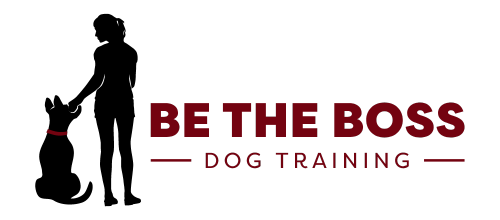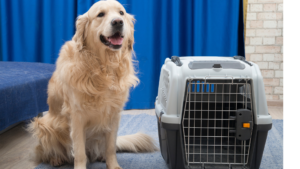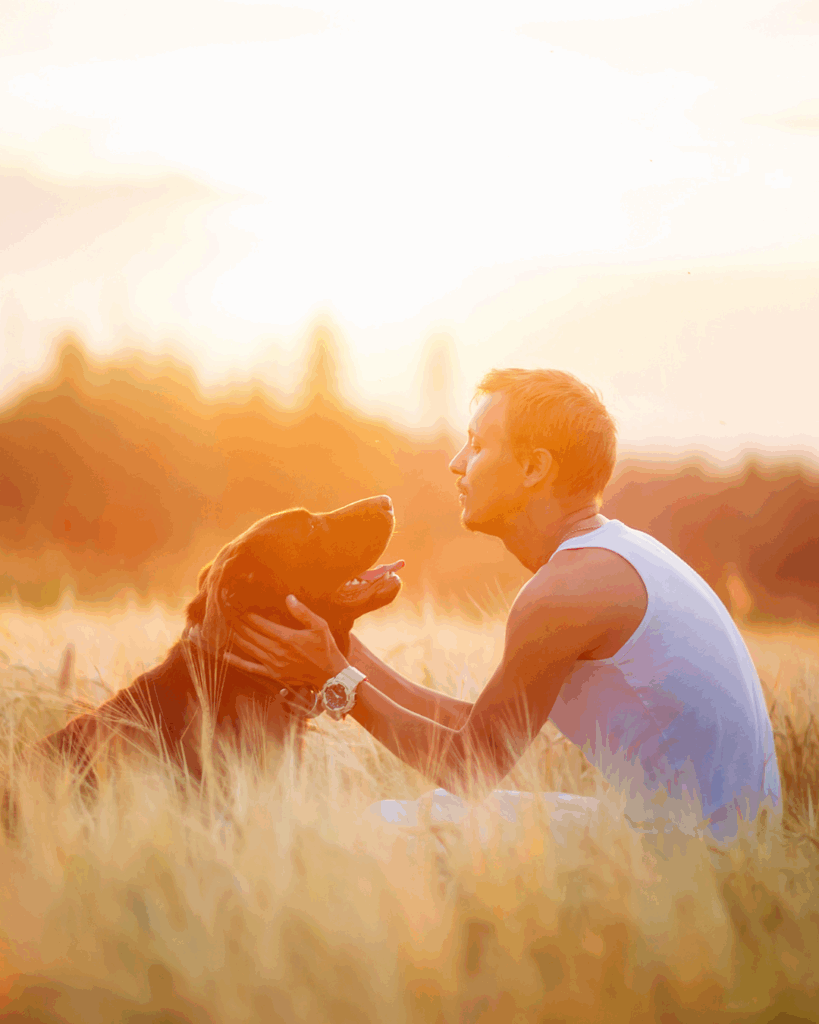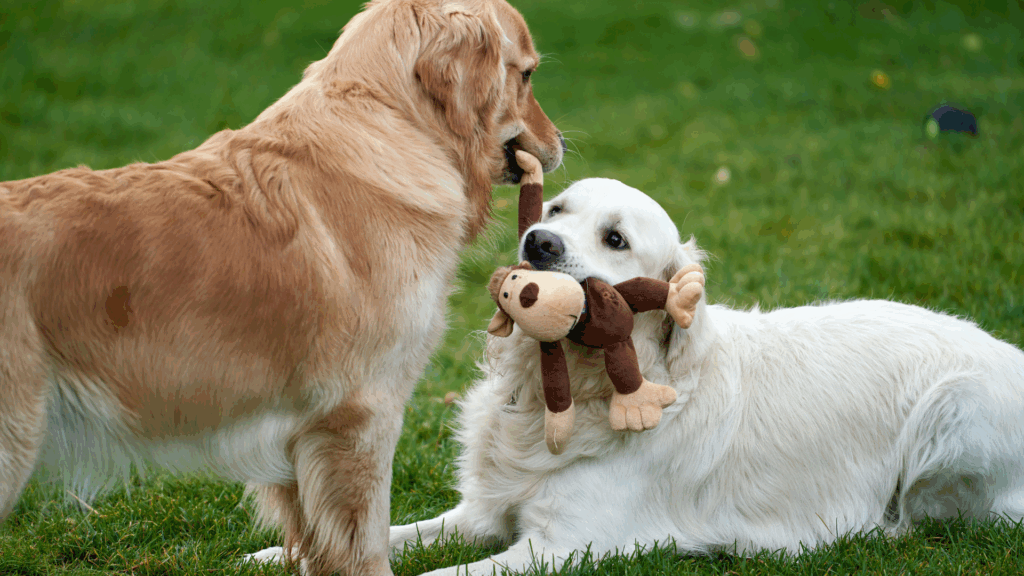What WE mean when we say “crate trained.”
MOST DOGS ARE FAMILIAR WITH THE CRATE, YET WE WOULD NOT QUALIFY THEM AS CRATE-TRAINED.
The same phenomenon happens with humans. Most humans are familiar with a hammer/wrench/nails…but we are not trained carpenters. We know how to hang up a picture occasionally…but it is not a skill that we can rely on to make our lives better.
Crate training for dogs is not just being familiar with the crate. It is knowing how to properly USE the crate to facilitate a calm mindset and a respectful attitude towards EVERYONE in the house. The crate is a CREATIVE place for your dog.
Here is what your dog can do if your dog is crate-trained. Keep in mind…if you have not SPECIFICALLY tested your dog on these items you do not know if they are crate-trained.
- Sleep in the kennel OUTSIDE of your room at night.
- Be calm in the crate WHILE YOU ARE HOME without making any noise.
- Go into the crate without compulsion EVEN when they do not want to.
- Hear the doorbell ring, people talking or laughing, or high distractions and NOT BARK, WHINE or WHIMPER while in the crate
- Be able to be crated at a kennel, facility or friend’s home and be calm.
Zeus, in this video, is being SUCH a good boy! He is learning that the crate is not just an object to go into…but an object that helps him to rely on cues from his Mom. The crate is a facilitator of his relationship with the humans in the household. ❤️





